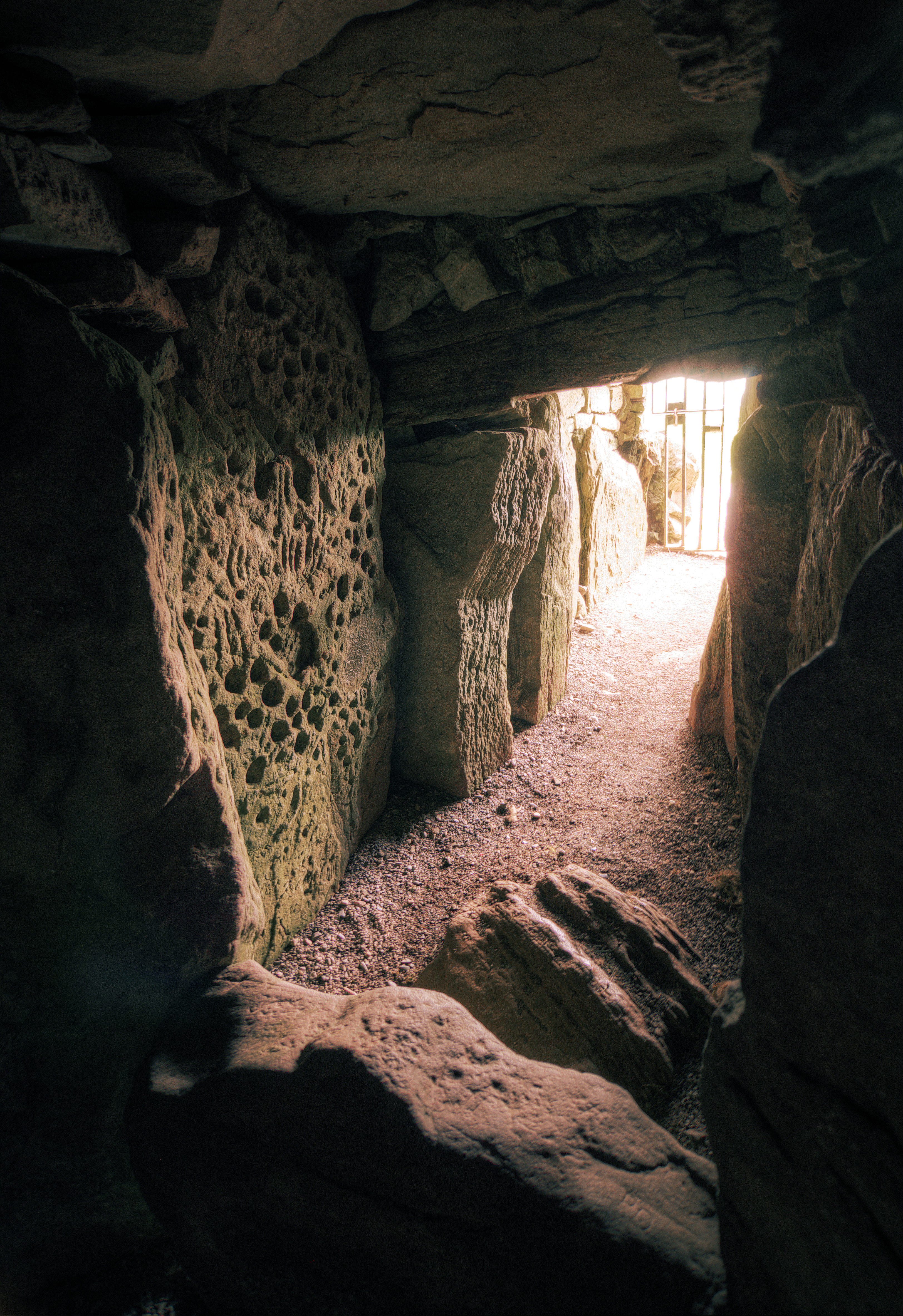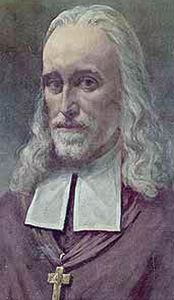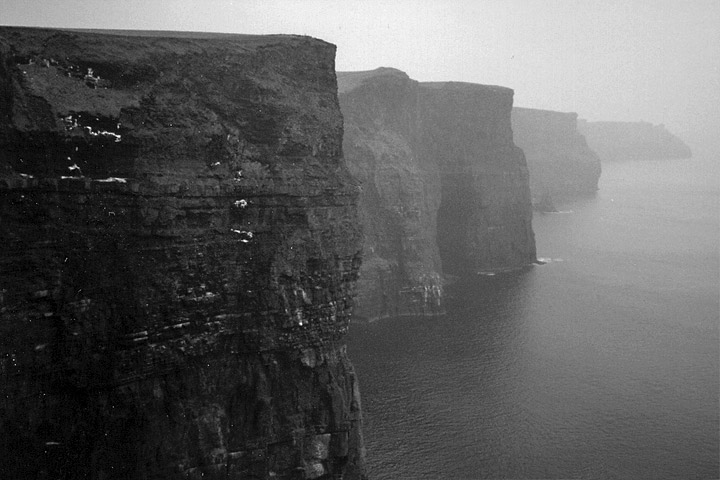|
Loughcrew
Loughcrew or Lough Crew () is an area of historical importance near Oldcastle, County Meath, Ireland. It is home to a group of ancient tombs from the 4th millennium BC, some decorated with rare megalithic art, which sit on top of a range of hills. The hills and tombs are together known as Slieve na Calliagh (''Sliabh na Caillí'') and are the highest point in Meath. It is one of the four main passage tomb cemeteries in Ireland and is a protected National Monument. The area is also home to the Loughcrew Estate, from which it is named. The tombs There are remains of more than twenty ancient tombs at Loughcrew. It is one of the four main passage tomb cemeteries in Ireland along with Brú na Bóinne, Carrowkeel and Carrowmore. The megalithic monuments are spread across four hilltops: Carnbane East, Carnbane West, Carrickbrack and Patrickstown Hill. These hills and the tombs themselves are together known as Slieve na Calliagh or ''Sliabh na Caillí'', meaning "mountain of the Caill ... [...More Info...] [...Related Items...] OR: [Wikipedia] [Google] [Baidu] |
Oldcastle, County Meath
Oldcastle () is a town in County Meath, Ireland. It is located in the north-west of the county near the border with Cavan, approximately 13 miles (21 km) from Kells. The R154 and R195 regional roads cross in the town's market square. As of the 2016 census the town's population stood at 1,383, a growth rate of more than 60% in the 20 years since the 1996 census (which recorded a population of inhabitants). History The area was the birthplace of St Oliver Plunkett, the last Irish Catholic martyr to die in England. Oldcastle is the 18th century creation of the Naper family who had received parts of the Plunkett estate following the Cromwellian wars. St. Oliver Plunkett, who served as Lord Archbishop of Armagh in the seventeenth century, and who was hung, drawn and quartered at Tyburn in Middlesex (now in the Marble Arch area of the City of Westminster in London) in 1681 on false charges, was the most famous member of this family. It was also the birthplace of Isaac Jac ... [...More Info...] [...Related Items...] OR: [Wikipedia] [Google] [Baidu] |
Slieve Na Calliagh
Slieve na Calliagh () are a range of hills and ancient burial site near Oldcastle, County Meath, Ireland. The summit is , the highest point in the county. On the hilltops are about twenty passage tombs, some decorated with rare megalithic art, which were built in the 4th millennium BC. Also called the Loughcrew tombs, it is one of the main passage tomb cemeteries in Ireland, along with Brú na Bóinne, Carrowkeel and Carrowmore. Naming The hills are named after the Cailleach, the divine hag of Irish mythology. Legend has it that the monuments were created when a giant hag, striding across the land, dropped her cargo of large stones from her apron. Geography Slieve na Calliagh includes the hills of Carnbane West, Carrickbrack, Carnbane East, and Patrickstown Hill. Tombs On the hilltops are the remains of megalithic tombs dating back to the 4th millennium BC. These tombs are also known as Slieve na Calliagh, or the Loughcrew tombs. These tombs were described by the arch ... [...More Info...] [...Related Items...] OR: [Wikipedia] [Google] [Baidu] |
County Meath
County Meath (; gle, Contae na Mí or simply ) is a county in the Eastern and Midland Region of Ireland, within the province of Leinster. It is bordered by Dublin to the southeast, Louth to the northeast, Kildare to the south, Offaly to the southwest, Westmeath to the west, Cavan to the northwest, and Monaghan to the north. To the east, Meath also borders the Irish Sea along a narrow strip between the rivers Boyne and Delvin, giving it the second shortest coastline of any county. Meath County Council is the local authority for the county. Meath is the 14th-largest of Ireland's 32 traditional counties by land area, and the 8th-most populous, with a total population of 220,296 according to the 2022 census. The county town and largest settlement in Meath is Navan, located in the centre of the county along the River Boyne. Other towns in the county include Trim, Kells, Laytown, Ashbourne, Dunboyne, Slane and Bettystown. Colloquially known as "The Royal County" ... [...More Info...] [...Related Items...] OR: [Wikipedia] [Google] [Baidu] |
St Oliver Plunkett
Oliver Plunkett (or Oliver Plunket) ( ga, Oilibhéar Pluincéid), (1 November 1625 – 1 July 1681) was the Catholic Archbishop of Armagh and Primate of All Ireland who was the last victim of the Popish Plot. He was beatified in 1920 and canonised in 1975, thus becoming the first new Irish saint in almost seven hundred years. Biography Oliver Plunkett was born on 1 November 1625 (earlier biographers gave his date of birth as 1 November 1629, but 1625 has been the consensus since the 1930s) in Loughcrew, County Meath, Ireland, to well-to-do parents with Hiberno-Norman ancestors. A grandson of James Plunket, 8th Baron Killeen (died 1595), he was related by birth to a number of landed families, such as the recently ennobled Earls of Roscommon, as well as the long-established Earls of Fingall, Lords Louth, and Lords Dunsany. Until his sixteenth year, the boy's education was entrusted to his cousin Patrick Plunkett, Abbot of St Mary's, Dublin and brother of Luke Plunkett ... [...More Info...] [...Related Items...] OR: [Wikipedia] [Google] [Baidu] |
Carrowmore
Carrowmore ( ga, An Cheathrú Mhór, 'the great quarter') is a large group of megalithic monuments on the Coolera Peninsula to the west of Sligo, Ireland. They were built in the 4th millennium BC, during the Neolithic (New Stone Age). There are thirty surviving tombs, making Carrowmore one of the largest clusters of megalithic tombs in Ireland, and one of the 'big four' along with Carrowkeel, Loughcrew and Brú na Bóinne. Carrowmore is the heart of an ancient ritual landscape which is dominated by the mountain of Knocknarea to the west. It is a protected National Monument. Location Placed on a small plateau at an altitude of between 36.5 and 59 metres above sea level Carrowmore is the focal point of a prehistoric ritual landscape which is dominated by the mountain of Knocknarea to the west with the great cairn of Miosgán Médhbh on top. To the east, in Carns townland, two large cairns overlook Lough Gill, and along the eastern boundary of the peninsula the Ballygawle ... [...More Info...] [...Related Items...] OR: [Wikipedia] [Google] [Baidu] |
Cailleach
In Gaels, Gaelic (Irish mythology, Irish, Scottish mythology, Scottish and Culture of the Isle of Man#Myth, legend and folklore, Manx) myth, the Cailleach (, ) is a divine hag and ancestor, associated with the Creator deity, creation of the landscape and with the Weather god, weather, especially storms and winter. The word literally means 'old woman, hag', and is found with this meaning in modern Irish language, Irish and Scottish Gaelic, and has been applied to numerous mythological and Folklore, folkloric figures in Ireland, Scotland, and the Isle of Man.Briggs, Katharine M. (1976) ''An Encyclopedia of Fairies''. New York, Pantheon Books. pp. 57-60. In modern Irish folklore studies, she is sometimes known as The Hag of Beara, while in Scotland she is known as Beira, Queen of Winter. Name ('old woman' or 'hag' in modern Irish language, Irish and Scottish Gaelic) comes from the Old Irish ('veiled one'), an adjectival form of ('veil'), an early loan from Latin , 'woollen cloak ... [...More Info...] [...Related Items...] OR: [Wikipedia] [Google] [Baidu] |
Petroglyphs
A petroglyph is an image created by removing part of a rock surface by incising, picking, carving, or abrading, as a form of rock art. Outside North America, scholars often use terms such as "carving", "engraving", or other descriptions of the technique to refer to such images. Petroglyphs are found worldwide, and are often associated with prehistoric peoples. The word comes from the Greek prefix , from meaning "stone", and meaning "carve", and was originally coined in French as . Another form of petroglyph, normally found in literate cultures, a rock relief or rock-cut relief is a relief sculpture carved on "living rock" such as a cliff, rather than a detached piece of stone. While these relief carvings are a category of rock art, sometimes found in conjunction with rock-cut architecture, they tend to be omitted in most works on rock art, which concentrate on engravings and paintings by prehistoric or nonliterate cultures. Some of these reliefs exploit the rock's ... [...More Info...] [...Related Items...] OR: [Wikipedia] [Google] [Baidu] |
Carrowkeel Megalithic Cemetery
Carrowkeel is a cluster of passage tombs in south County Sligo, Ireland. They were built in the 4th millennium BC, during the Neolithic era. The monuments are on the Bricklieve Hills (''An Bricshliabh'', 'the speckled hills'), overlooking Lough Arrow, and are sometimes called the Bricklieve tombs. They are named after the townland of Carrowkeel in which most of them are located. Nearby are the Caves of Kesh and Heapstown Cairn. The Carrowkeel tombs are protected National Monuments and are considered one of the "big four" passage tomb cemeteries in Ireland, along with Carrowmore, Brú na Bóinne and Loughcrew. History and research The monuments at Carrowkeel were originally excavated in 1911 by a team led by R.A.S. Macalister, accompanied by Robert Lloyd Praeger and Edmund Clarence Richard Armstrong. These excavations led to an array of findings including animal bones, cremated human remains, human bones, and tools and pottery from the Neolithic Age. The particular type of cr ... [...More Info...] [...Related Items...] OR: [Wikipedia] [Google] [Baidu] |
Confederate Ireland
Confederate Ireland, also referred to as the Irish Catholic Confederation, was a period of Irish Catholic self-government between 1642 and 1649, during the Eleven Years' War. Formed by Catholic aristocrats, landed gentry, clergy and military leaders after the Irish Rebellion of 1641, the Confederates controlled up to two thirds of Ireland from their base in Kilkenny; hence it is sometimes called the "Confederation of Kilkenny". The Confederates included Catholics of Gaelic and Anglo-Norman descent. They wanted an end to anti-Catholic discrimination within the Kingdom of Ireland and greater Irish self-governance; many also wanted to roll back the plantations of Ireland. Most Confederates professed loyalty to Charles I of England in the belief they could reach a lasting settlement in return for helping defeat his opponents in the Wars of the Three Kingdoms. [...More Info...] [...Related Items...] OR: [Wikipedia] [Google] [Baidu] |
Cromwellian Settlement
The Act for the Setling of Ireland imposed penalties including death and land confiscation against Irish civilians and combatants after the Irish Rebellion of 1641 and subsequent unrest. British historian John Morrill wrote that the Act and associated forced movements represented "perhaps the greatest exercise in ethnic cleansing in early modern Europe." Background The Act was passed on 12 August 1652 by the Rump Parliament of England, which had taken power after the Second English Civil War and had agreed to the Cromwellian conquest of Ireland. The conquest was deemed necessary as Royalist supporters of Charles II of England had allied themselves with the Confederation of Kilkenny (the confederation formed by Irish Catholics during the Irish Confederate Wars) and so were a threat to the newly formed English Commonwealth. The Rump Parliament had a large independent Dissenter membership who strongly empathised with the plight of the settlers of the Ulster Plantation, who had su ... [...More Info...] [...Related Items...] OR: [Wikipedia] [Google] [Baidu] |
Plunkett
Plunkett is an Irish surname derived from the Gaelic Ó ''Pluingceid''. It is associated with Ireland, and possibly of Norse or Norman origin; it may be spelled O'Plunket, Plunket, Plunkit, Plunkitt, Plonkit, Plonkitt, Plonket, Plonkett, or Ó Plunceid, and may refer to: Middle Ages * Richard Plunkett (1340–1393), Lord Chancellor of Ireland, ancestor of the Barons of Dunsany, Barons of Killeen, and Earls of Fingall Dunsany family * Christopher Plunkett, 1st Baron of Dunsany (1410–1463) and uncle of the 1st Baron of Killeen * Thomas Fitz-Christopher Plunket (c.1407-1471), Lord Chief Justice of Ireland, brother of the 1st Baron of Dunsany and uncle of the 1st Baron of Killeen * Sir Thomas Plunket (1440 - 1519), Chief Justice of the Common Pleas for Ireland, nephew of the 1st Baron of Dunsany and 1st cousin of the 1st Baron of Killeen * Sir Horace Curzon Plunkett (1854–1932), Irish unionist and agricultural reformer, son of the 16th Baron of Dunsany * John William Plunket ... [...More Info...] [...Related Items...] OR: [Wikipedia] [Google] [Baidu] |

.jpg)






